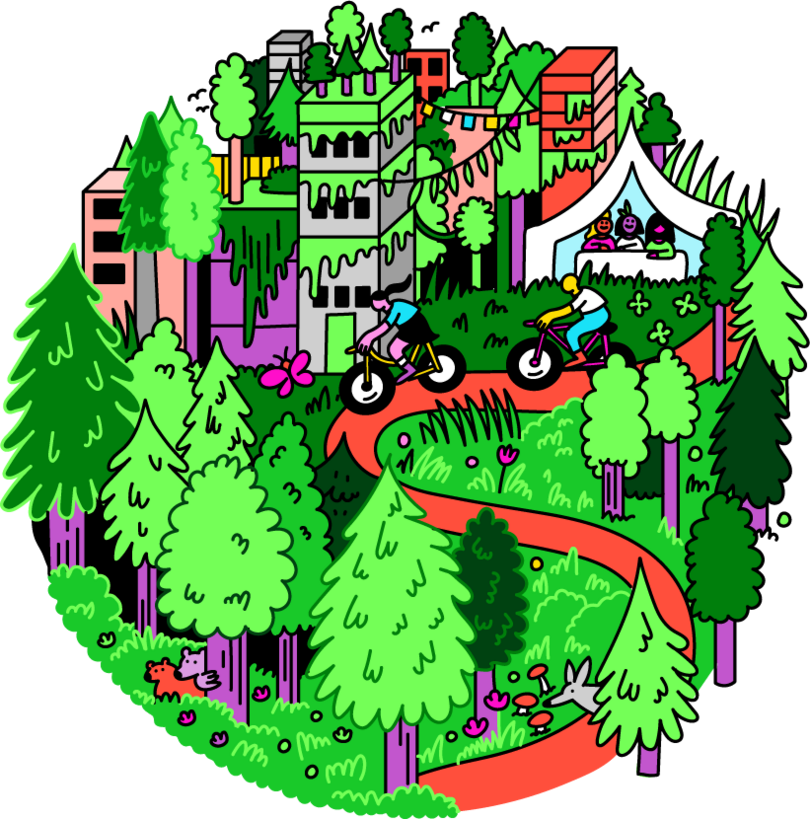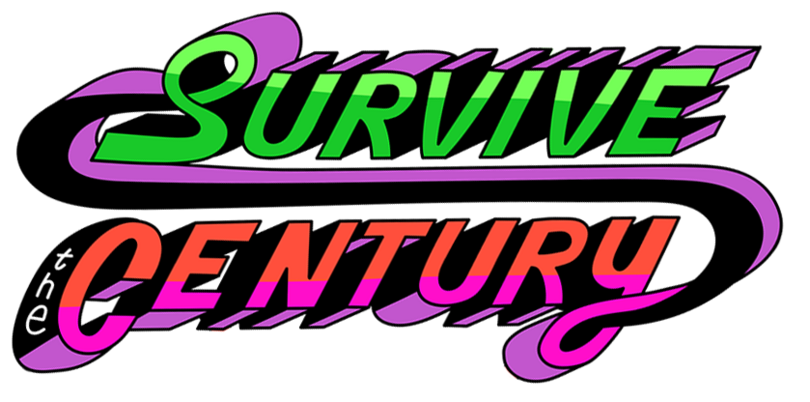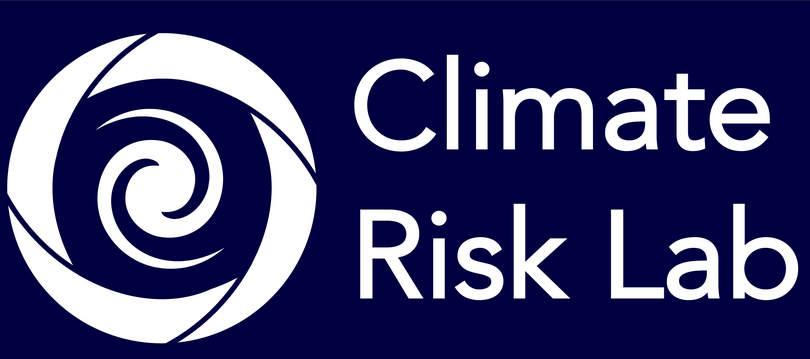
So, what does the world look like at the end of the century?
Looking back, we’d describe the 21st century as one of profound change, mostly for the better.
We will remember this as the century when we stopped prioritizing growth above everything else, and started valuing the truly valuable things: human welfare and the environment.
There’s more respect for the idea of environmental stewardship, and we have rewilded a lot of the earth. Most people live in dense, green cities in harmony with nature. There are fewer people in the world and there’s much less consumption than in the rich lifestyles of today, but the world is more equal and happier overall.
Nature is thriving and species we thought were extinct recover, while new species have evolved for the new wild places of the earth. We manage to avoid the worst effects of climate change.
How did you get here?
You focused on reducing emissions early in the century, took bold steps to build a more inclusive economy, and prioritized respect for the natural world. Shifting to renewable energy and sustainable agriculture in the 2020s was key, but it mattered that you balanced those changes with investing in jobs that support human wellbeing, like those in education and healthcare.
You can play with an interactive dashboard and see which of your decisions drove the biggest impacts on the climate.

See the data



